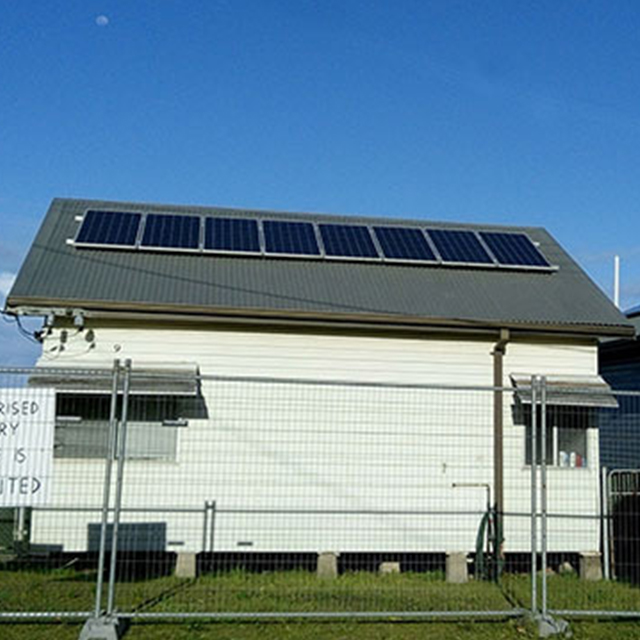Views: 7 Author: Site Editor Publish Time: 2023-03-10 Origin: Site

Monocrystalline and polycrystalline solar panels play the same role throughout the solar photovoltaic system: they capture energy from the sun and convert it into electricity. They are also made from silicon for solar panels because it is a plenty, very durable element. Many solar panel manufacturers produce both mono and poly panels.
Both monocrystalline and polycrystalline solar panels can be a good choice for your home, but before making a final solar purchase decision, you should understand the key differences between the two technologies. The main difference is the type of silicon solar cells they use: monocrystalline solar panels have solar cells made from a single crystal of silicon, while polycrystalline solar panels have solar cells made from many silicon fragments melted together
[Text]
Monocrystalline solar panels
Solar cells made of monocrystalline silicon (mono-Si), also called single-crystalline silicon (single-crystal-Si), are quite easily recognizable by an external even coloring and uniform look, indicating high-purity silicon, as you can see on the picture below
Monocrystalline solar cells are made of silicon ingots, which are cylindrical in shape. In order to optimize the performance and reduce cost of a monocrystalline solar cell, four sides are cut out of the cylindrical ingot to fabricate a silicon wafer, which gives the monocrystalline solar panel its unique appearance.
A good way to separate mono and poly solar panels is that polycrystalline solar cells look perfectly rectangular without rounded edges.
Polycrystalline solar panels
The first solar panels based on polycrystalline silicon, which also is known as polysilicon (p-Si) and multi-crystalline silicon (mc-Si), were introduced to the market in 1981
Polycrystalline solar panels are also made from silicon. However, instead of using a single crystal of silicon, manufacturers melt many fragments of silicon together and pour into a square mold, which is cooled and cut into perfectly square wafers.
Monocrystalline vs. polycrystalline solar panels: which is better?
Saving money is one of the best reasons to solar, and whether you choose mono or poly solar panels, you’ll be decreasing your electricity bills. The option you choose comes down to your personal preferences, space constraints, and the financing option you choose.
Limited Space
If your solar panel system size is limited by the available space on the roof, you should prefer a more efficient solar panel. Therefore, in these cases, paying extra for more efficient monocrystalline panels can help you maximize your power production. Or, if you have a lot of roof space or install ground solar, then less efficient polycrystalline may be a more economical option.
Personal preferences:
If the color of the solar panel is important to you, keep in mind that single and polycrystalline solar panels tend to look different on your roof. Typical monocrystalline panels tend to have a darker black, while typical polycrystalline panels tend to have a bluer color. If where your panels were manufactured is important to you, then ensure you know enough about company that made your mono or poly solar panels.
Solar financing
The way you fund your system can also determine which type of panel you choose. For example, if you choose a Power Purchase Agreement (PPA), the amount of electricity generated by the system is paid per kWh. This means that your monthly payments will determine your savings on any type of device you offer. In contrast, if you buy a system, paying more for a high-efficiency monocrystalline panels can result in a higher return on solar investment.
【Conclusion】
When you evaluate solar panels for your photovoltaic (PV) system, you will encounter two main categories of panel options: monocrystalline solar panels (mono) and polycrystalline solar panels (poly). And this article tells you some key differences to be aware of.
Which one of the two will serve you best? Instead of a direct answer, your needs and demands are going to determine which one suits your lifestyle better. Both monocrystalline and polycrystalline solar panels can be a good choice for your home.